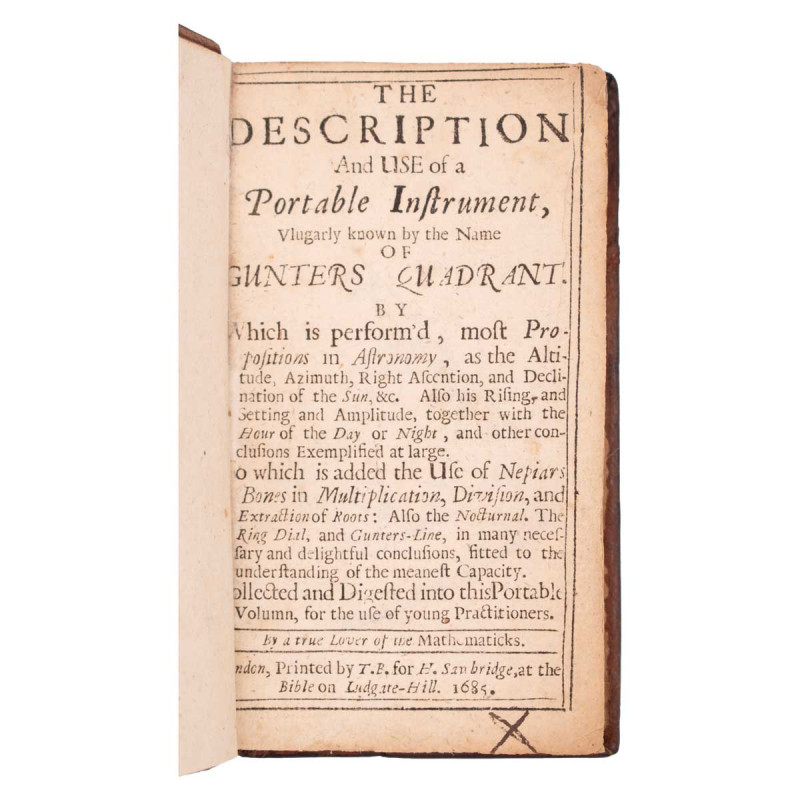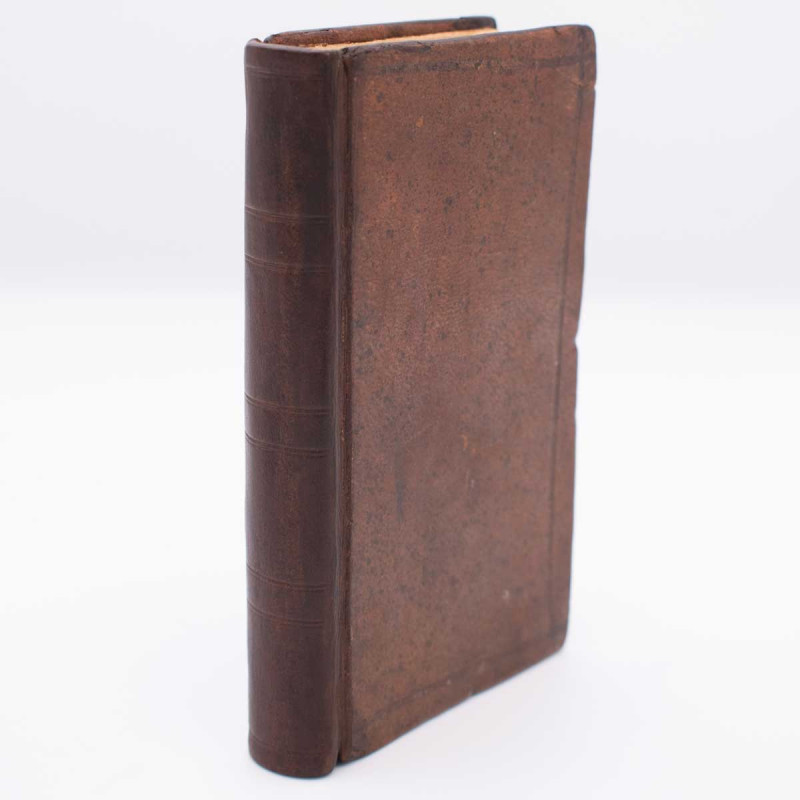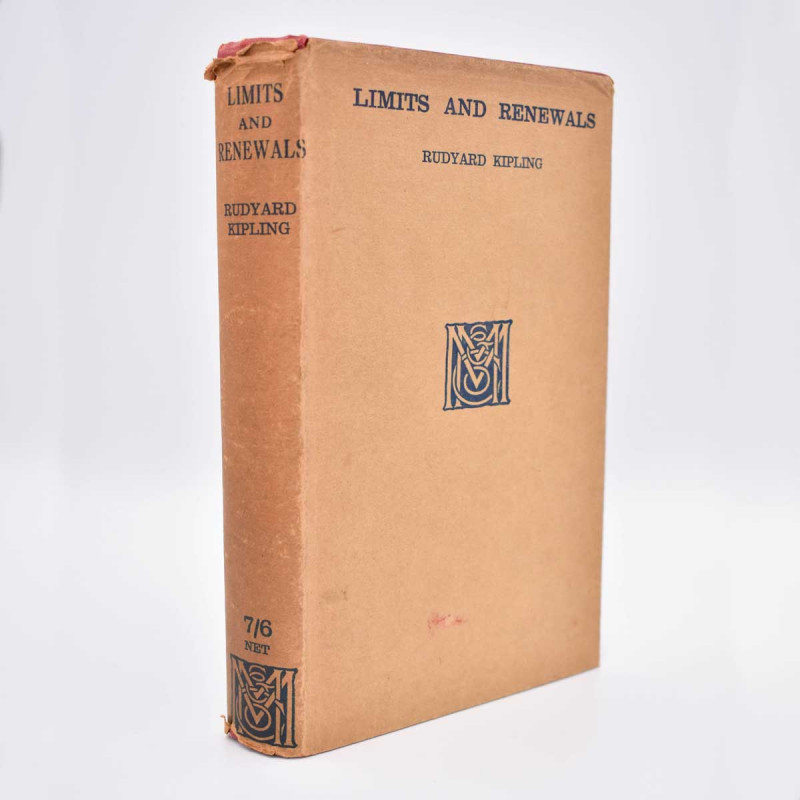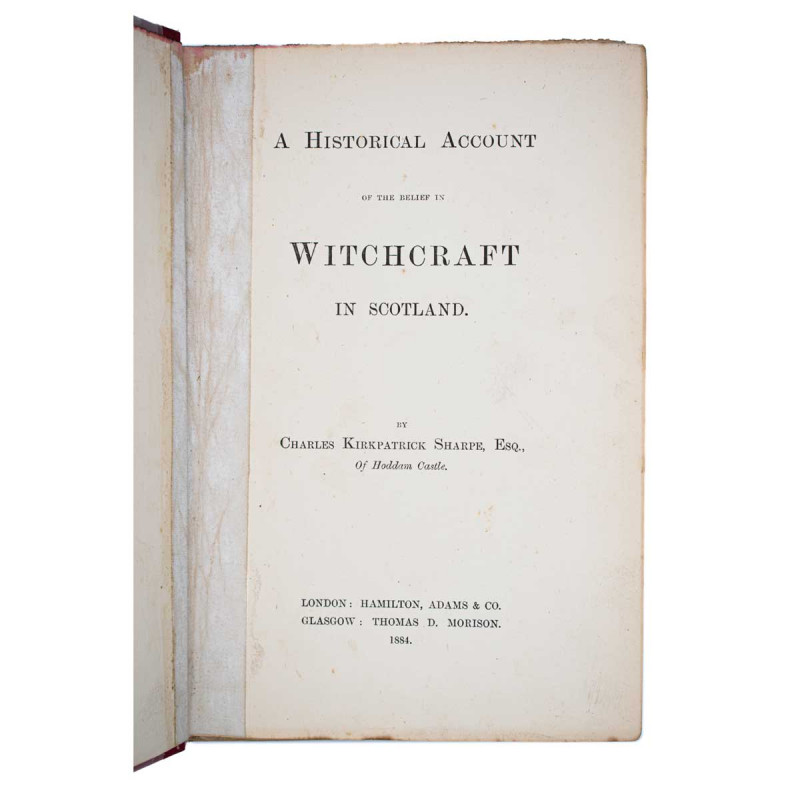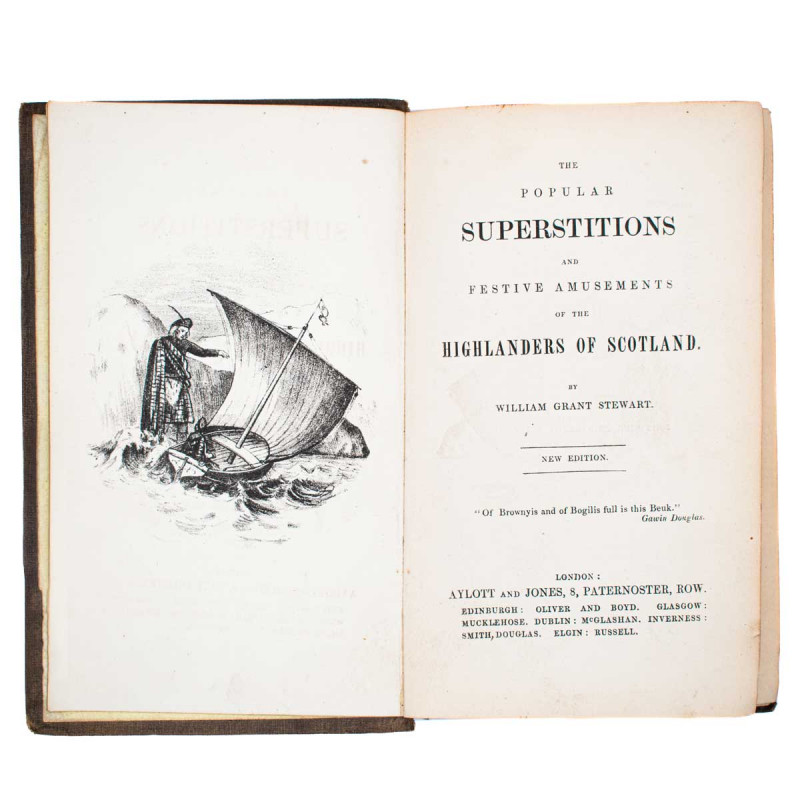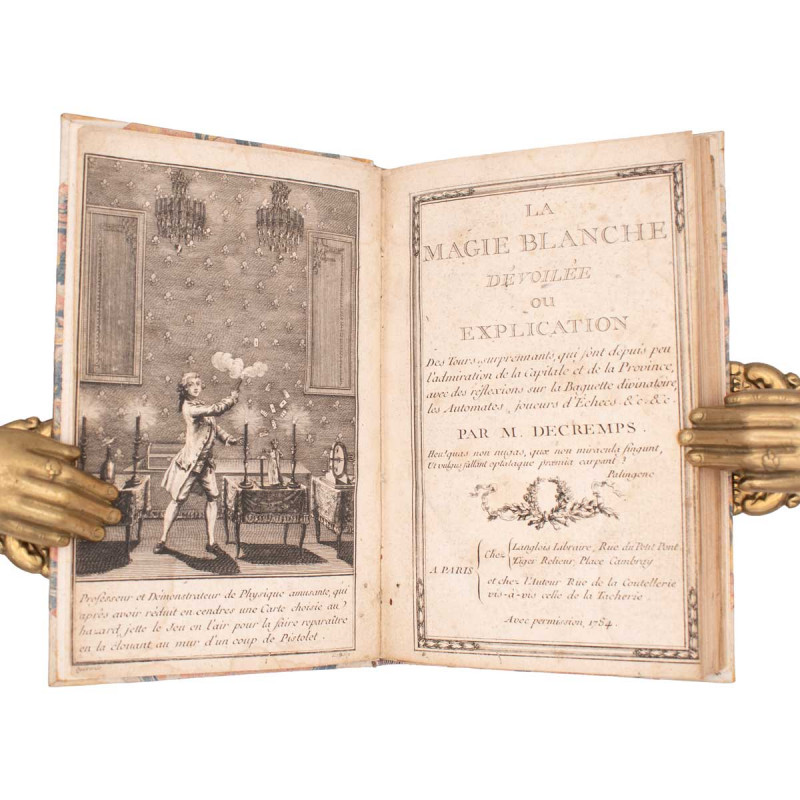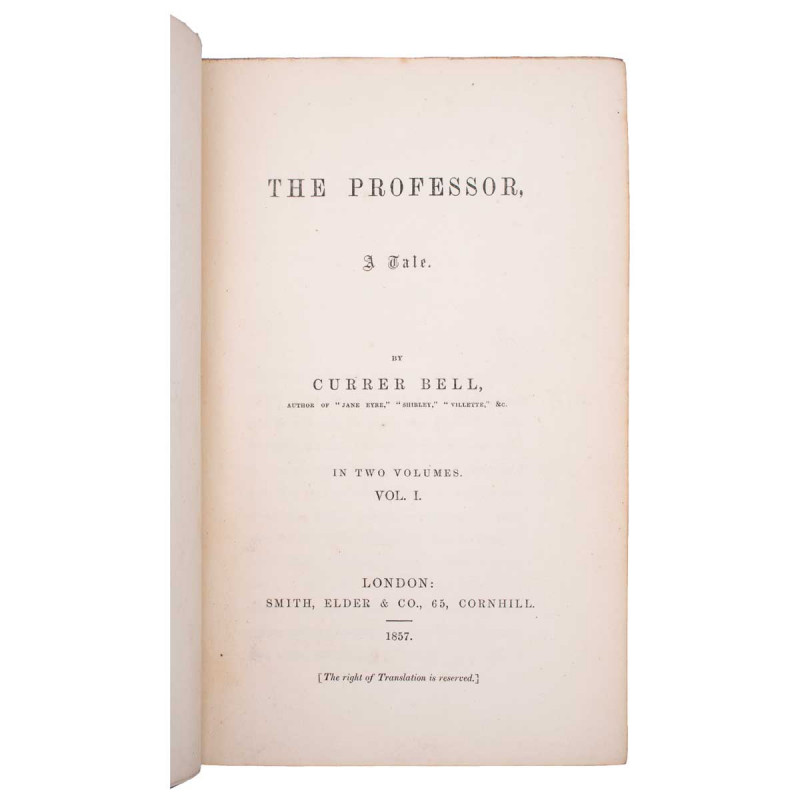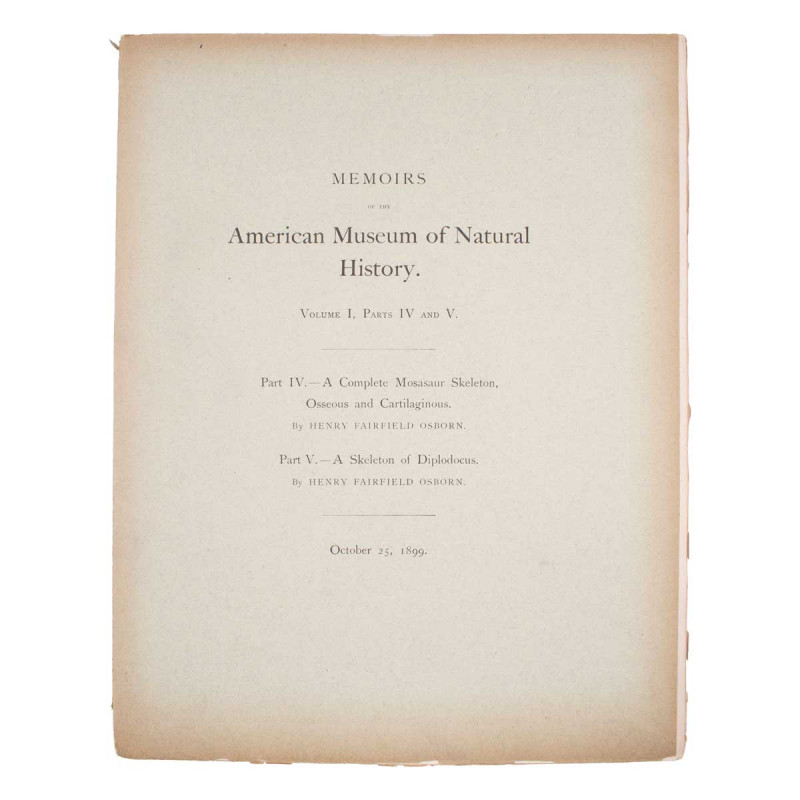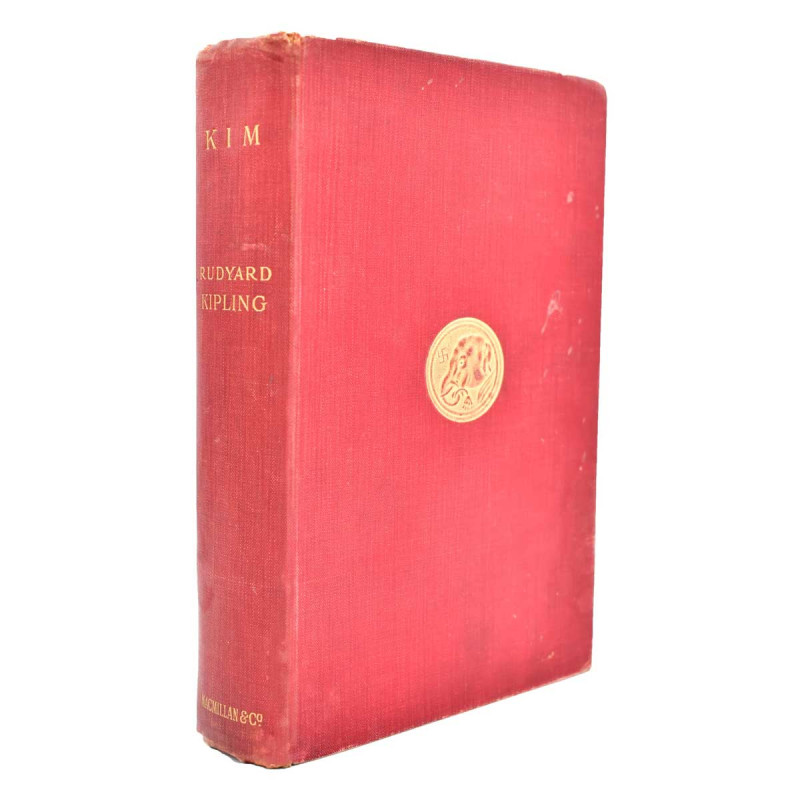The Description and Use of a Portable Instrument, Vlugarly [sic] known by the Name of GUNTERS QUADRANT… to which is added the Use of Nepiars Bones in Multiplication, Division, and Extraction of Roots
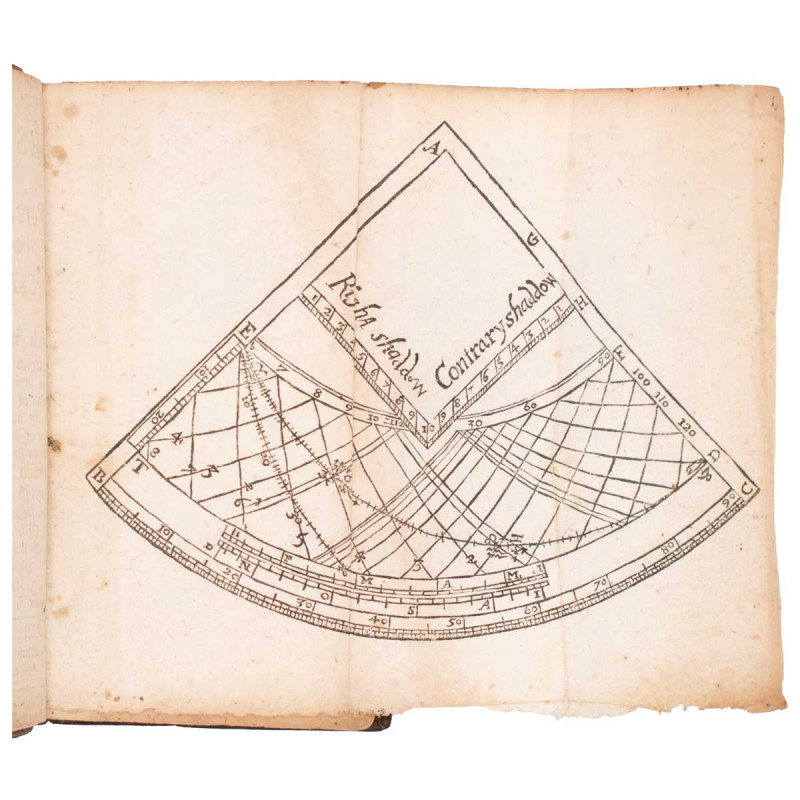
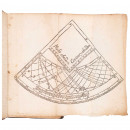
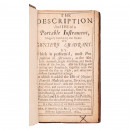
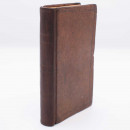
Book Description
2 vol in one, [2], 70; [8], 86, [2]pp., 2 title pages, 2 engraved folding plates, one torn with loss, final leaf advertisement reinforced, full calf, rebacked, corners repaired, 12mo, London, T.B. for H. Sawbridge, 1685
Two scarce works by eminent mathematician William Leybourn (1626-1716).
Leybourn started his career as a printer in the 1640s, and by 1650 he was printing his own works. Leybourn's most famous work was The Compleat Surveyor (1653), in which he described the process of surveying. The work became a standard used by property surveyors when drawing up maps of private estates. As a distinguished land surveyor, he was involved in surveying the remnants of London after the great fire of 1666. Leybourn also wrote works on astronomy and mathematics.
The first work, The Description and Use of a Portable Instrument is on the use of the Gunter’s Quadrant. Gunter’s quadrant is an instrument made of wood, brass or other substance, containing a kind of stereographic projection of the sphere on the plane of the equinoctial, the eye being supposed to be placed in one of the poles, so that the tropic, ecliptic, and horizon form the arcs of circles, but the hour circles are other curves, drawn by means of several altitudes of the sun for some particular latitude every year. This instrument is used to find the hour of the day, the sun’s azimuth, etc., and other common problems of the sphere or globe, and also to take the altitude of an object in degrees. Leybourn was also the editor for Gunter’s works, published in 1673.
The second work, The Art of Numbring [sic] by speaking-rods describes the use of ‘Napier’s bones’. Invented by John Napier, this is a device for the calculation of products and quotients of numbers, based on the methods of Matrakci Nasuh in the Umdet-ul Hisab. Napier published the technique in his work Rabdology (1617). However the term ‘Napier Bones’, instead of ‘Napier Rods’ was first used in this work. This was due to a mistranslation of Napier's Rabdologia. This comes from 'rabdos' meaning a 'rod' and 'logia' meaning 'collection'. However Leybourne thought it came from 'rabdos' meaning a 'rod' and 'logos' meaning 'word'.
[USTC:3112043; USTC: 3112083; Tomash & Williams L91, L96; ESTC R20104, R20313; Wing L1906, G2243]
Author
GUNTER, EDMUND; LEYBOURN, WILLIAM
Date
1685
Publisher
London, T.B. for H. Sawbridge
Friends of the PBFA
For £10 get free entry to our fairs, updates from the PBFA and more.
Please email info@pbfa.org for more information
